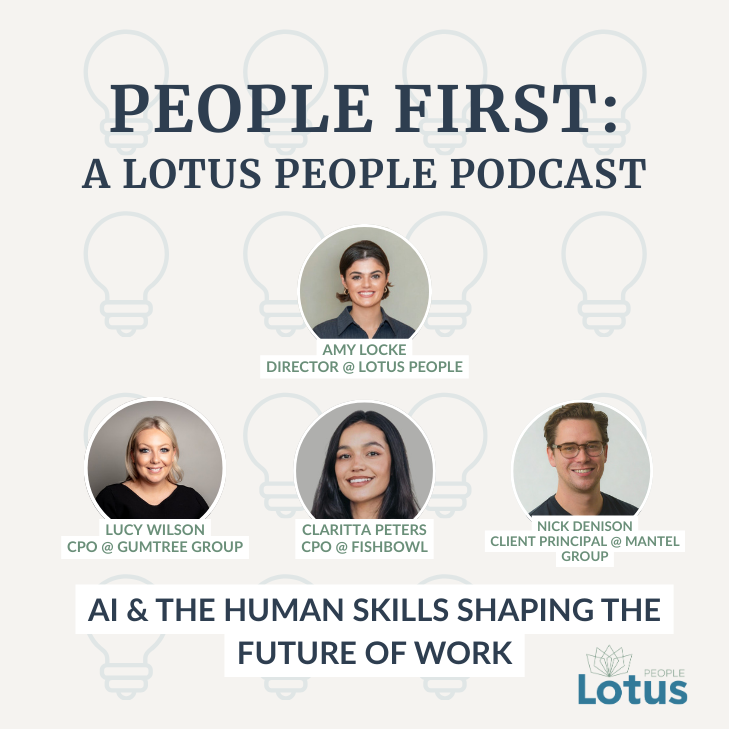This year has been the biggest and busiest in my life, with a number of milestones being reached, including my recent marriage, recent study graduation and the opening of Lotus People. It feels apt at this time to pull up an old blog I wrote earlier this year highlighting some time management tips that can be used to bring some order and peace into an otherwise hectic schedule. If you are feeling disorganised, overwhelmed or just want to inject some new habits into your working day, consider some of the tools below. They were provided to me by Leadership Management Australia and have been a godsend in times of high workload, and ultimately, high stress!
1.What is your time worth?
Pick a dollar figure. This could be based on your annual salary or hourly rate plus costs of having you in the business. It could be based around a nominal figure if you charge by the hour for services. Whatever it is, work it out, and keep it in mind whenever you are completing activities. Is the cost of you completing this activity worth it? Or should someone else be doing it? Can you delegate this activity to free up your time and allow you to focus on the important things that you need to do? Probably.
2.Consider your HPA’s – your high pay off activities
What are the activities that have to be done in your day? What is it most important for you to complete? Where are you best being utilised? These are your HPA’s. Your activities that will provide the most value to your organisation, and where your time is best spent. Not to say that you don’t have other duties and responsibilities that require your attention, but in times of prioritisation and where you will add most value, pick 5 and focus 80% of your time here, always. Clarity like this will free up your mind in an instant.
3. Time analysis
By far the most useful, and brutally honest of all the tools I used in this course. In the past, I asked my team to complete a three day time analysis report each quarter. Pick your 5 HPA’s, list them, and all your other duties. Create a document with time down the side and activities along the top, and mark your day out as you go through in 15 minute increments. You will be amazed at how much time is spent on activities that aren’t imperative, how often you have been interrupted, and how much time you really spend on your HPA’s. This allowed me to structure my day into chunks, cut the crap, and focus on what was really important to effectively get my job done. And free a up a shed load of my time.
Each of the above has provided me some clarity in this rollercoaster of a year I have been on. They have allowed me to quantify my time, clarify what is imperative and focus on the most important things in both my professional and personal life. And allow a little room for the odd glass of wine with friends too.
(For more information on LMA’s courses contact anicholson@lma.biz)
If you are looking for staff or seeking a new role, please get in touch with Laura Kristian laura@lotuspeople.com.au or Sinead Connolly sinead@lotuspeople.com.au
You may also like...





